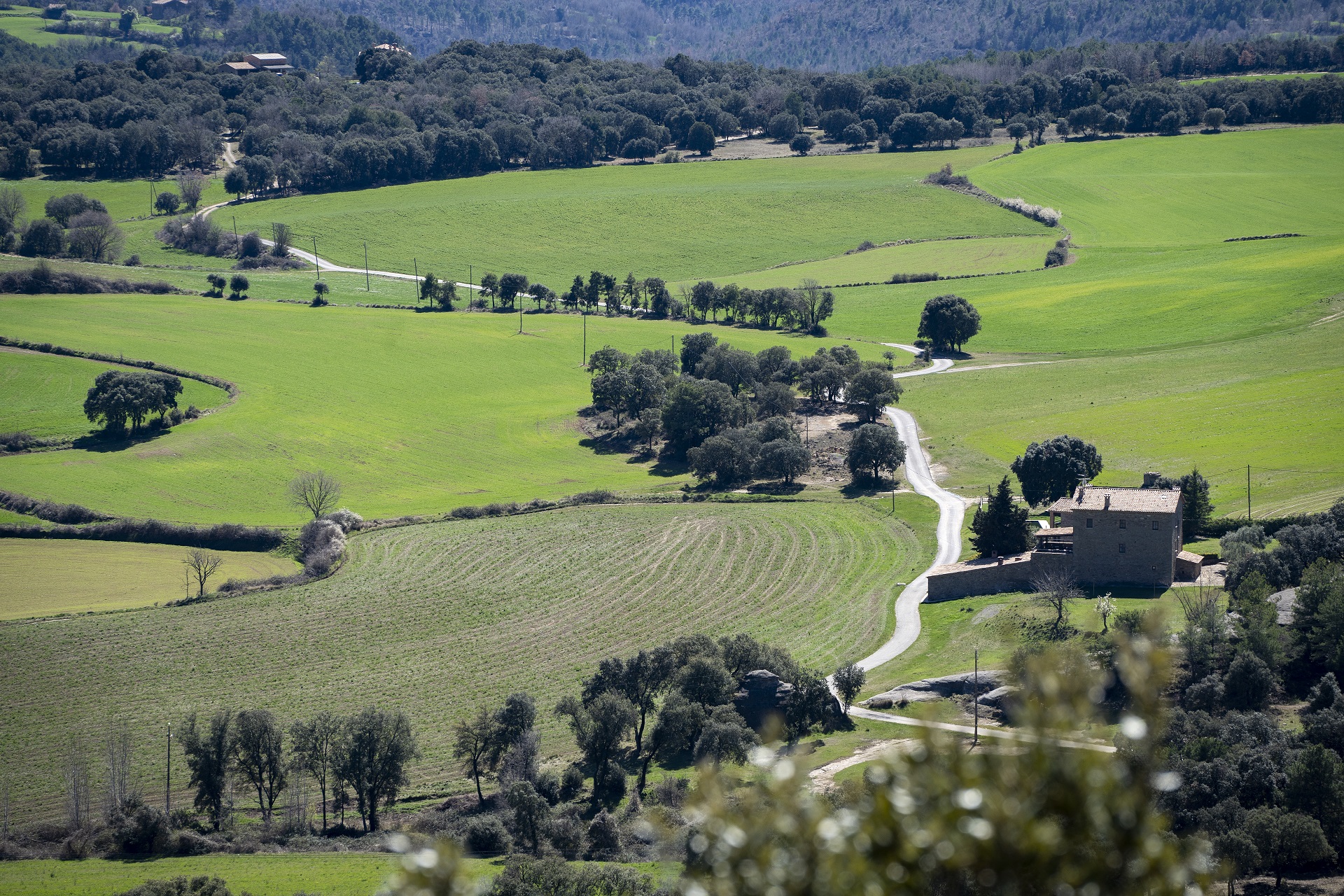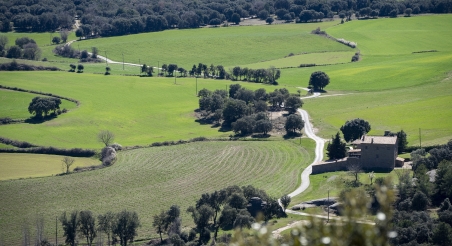Do the municipalities in the Barcelona province have enough agricultural land to supply their citizens with local food? The third BCN Smart Rural Data Bite, entitled "Lands that Feed Us", addresses a question that many towns and cities in the territory are currently asking. And, among its conclusions, it highlights the fact that, although Barcelona is the third Catalan demarcation with the largest agricultural area, it is the one with the least capacity to provide local food to the citizens of its territorial area. Having said that, this information is hardly surprising since the province concentrates 74% of the total population of Catalonia.
The most interesting data that emerges from the new analysis report prepared by the BCN Smart Rural team are the following:
- With the agricultural area it has, Catalonia could feed at least 44% of its population in a self-sufficient manner.
- Currently, the demarcation of Barcelona has a total of 203,779 hectares of agricultural land. With this land, it could supply 10% of its inhabitants with local food. Of the rest of the Catalan demarcations, only Lleida would be self-sufficient, with 360%.
- Berguedà is the Barcelona region that has the greatest capacity to feed its population with local products: with 34,916 hectares of available land, its degree of food self-sufficiency is 255%. It is followed by Moianès: with 9,270 hectares of crops, the newest region of Catalonia has a degree of self-sufficiency of 195%. Having said that, neither of these two counties is self-sufficient in vegetables and sweet fruit, which are the two main groups of fresh food.
- In the demarcation of Barcelona, the lowest positions in the food self-sufficiency ranking are occupied by Barcelonès, Vallès Occidental, Baix Llobregat, Maresme, Garraf and Vallès Oriental. With less than 10% self-sufficiency, these counties are the ones with the least capacity to feed their citizens with local products. It should be emphasized that the Barcelonès region does not reach 1% food self-sufficiency; specifically, 0.01%.
- Sant Jaume de Frontanyà is the municipality in the demarcation of Barcelona with the greatest capacity to feed its residents with locally produced food: with the land it has available, this town in Berguedà could feed around 2,000 people, but only 30 live there, with which its general self-sufficiency index is 6,750%. Unfortunately, Sant Jaume de Frontanyà mainly has dryland crops and does not produce enough vegetables and sweet fruit to supply its population with fresh food.
- In the metropolitan region, the municipality with the greatest capacity to supply its population with local food is Gallifa, with 460%; in the metropolitan area, Sant Climent de Llobregat, with 14%; and the first crown of the metropolitan area, Tiana, with 4%. The city of Barcelona has a degree of food self-sufficiency of 0.003%.
- The municipality in the territory with the most area of dryland crops is Sant Mateu de Bages: with 3,320 available hectares and 607 residents, its degree of self-sufficiency in cereals, legumes, etc., is 1,684%. It is followed by Montmajor: with an area of 3,286 hectares and 467 residents, it has a self-sufficiency index in rainfed products of 2,162%.
- Tordera is the municipality in the demarcation of Barcelona that has the most irrigated cropland: with 831 hectares available and a population of 17,516 inhabitants, its degree of self-sufficiency in irrigation is 273%. It is followed by Sant Boi de Llobregat, with a self-sufficiency in irrigation products of 44%. Tordera is one of the five municipalities that are part of the Baixa Tordera Agricultural Area, while Sant Boi is one of the members of the Baix Llobregat Agricultural Park.
To obtain this data, the authors of the "Lands that Feed Us" report analyzed food consumption data in Catalonia. From there, they calculated what is the amount of agricultural land per inhabitant in the demarcation of Barcelona, both at the municipal and county level and compared it with the indicators available at the level of the rest of Catalonia.
The analysis of the general data shows that the demarcation of Barcelona is still farming land, but when it comes to supplying its citizens with local food, it is affected by the high population density in the territory.
For more information about this data, please contact Lucía Nieto and Daniel Farré, land engineers and GIS experts of the BCN Smart Rural strategy.
— BCN Smart Rural Editorial —



